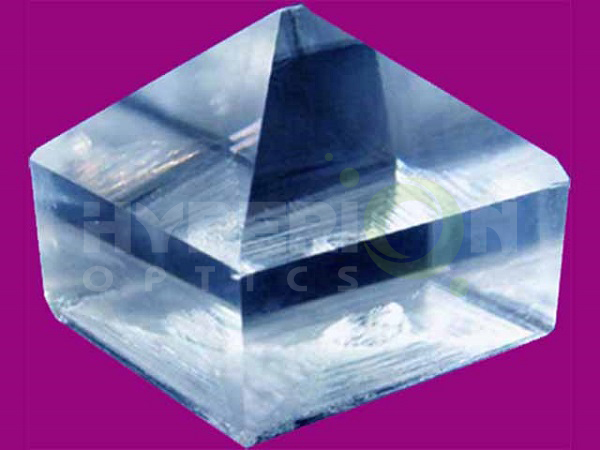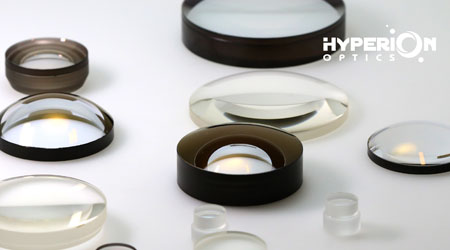1. Designed wavelength: the wavelength that makes aspheric lens achieve the best effect. Aspheric lenses can also be used at other wavelengths.
2. Numerical aperture (NA): Measure the maximum angle of light that a lens can accept. NA = sin (Φ)
3. Pass-through aperture: According to the design, the maximum diameter of light energy passing through the surface. It is smaller than the actual spherical diameter, i. e. physical aperture (PA).
4. Effective Focal Length (EFL): The distance between the main plane and the focus. The normal tolerance is (±1%).
5. Amplification factor: the ratio of image size to object size. Calibration lenses are not limited.
6. RMS WFE: Measurement value of chromatic aberration (error) in lens. Diffraction limitation means that due to the diffraction, the lens conforms to the theoretical limitation (the highest level of operation that can be achieved in accordance with the physical laws).
7. Outer diameter: the diameter of the outer cylinder of the lens, the standard tolerance is (±0.015 mm).
8. Working distance (WD): Also known as Back Focal Length (BFL), which represents the distance from the back of the lens to the focus.
9. Central thickness: Thickness in the Axis of the Lens.

 Call us on:
Call us on:  Email us:
Email us:  R&D Center: 9B-4F 401,No.1 Qingnian Road Liando U Valley,Yuhua International Wisdom Valley, Nanjing, 210039 China
R&D Center: 9B-4F 401,No.1 Qingnian Road Liando U Valley,Yuhua International Wisdom Valley, Nanjing, 210039 China









 English
English  cn
cn  de
de  es
es  fr
fr 


